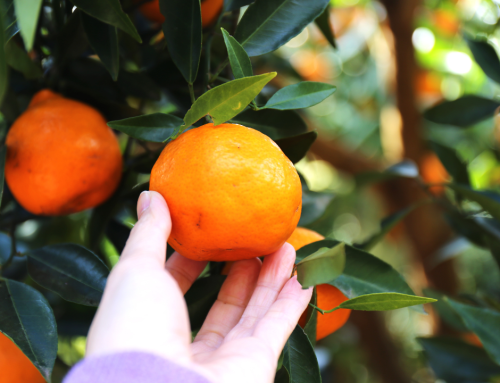Labour shortages
The shortage of labour to pick fruit this season is causing many growers to leave excess fruit on their trees or the ground. Although growers are not responsible for this labour shortage, unmanaged fruit is a potential food source and breeding habitat for Queensland fruit fly. It is essential growers continue to bait spray for fruit fly, strip trees of fruit, mulch fruit on the ground or dispose of excess fruit in a regulated manner. Post-harvest hygiene is essential to suppress current fruit fly populations and prevent increased fruit fly pressure occurring this spring and directly impacting next season’s harvest.
Fruit fly on the move
Captures have continued a slow decline in urban and township areas, however numbers are on the rise in rural locations of the Goulburn Murray Valley. This shift in fruit fly activity is the typical trend for late summer as eggs laid during February become a new generation in early autumn and attack fruiting autumn crops, following their spread from urban areas through peri-urban sites and into commercial crops. Trapping data indicates the 2020/21 fruit fly season has been particularly bad, with continued vigilance, monitoring and action critical.
Hot spot areas
The majority of potential Queensland fruit fly hot spots are currently located in urban areas and have been identified in the below locations:
- Nagambie
- Shepparton
- Euroa
- Ardmona
- Kyabram
- Kialla
- Mooroopna
- Merrigum
- Koonoomoo
Conditions ideal for fruit fly
The La Niña weather event, much of northern Victoria is currently experiencing, is beneficial to fruit set and the spread of bacteria, fungi and yeasts which act as feed for adult flies and allow for fruit fly survival and spread. Weather forecasts for March 2021 by the Bureau of Meteorology indicate conditions will be optimal for continued Qfly survival and development. Annual trends suggest the autumn months and ideal conditions will see Qfly migrate from home gardens, through peri-urban orchards and gardens into outlying rural commercial orchards and gardens, presenting a problem for commercial growers.




